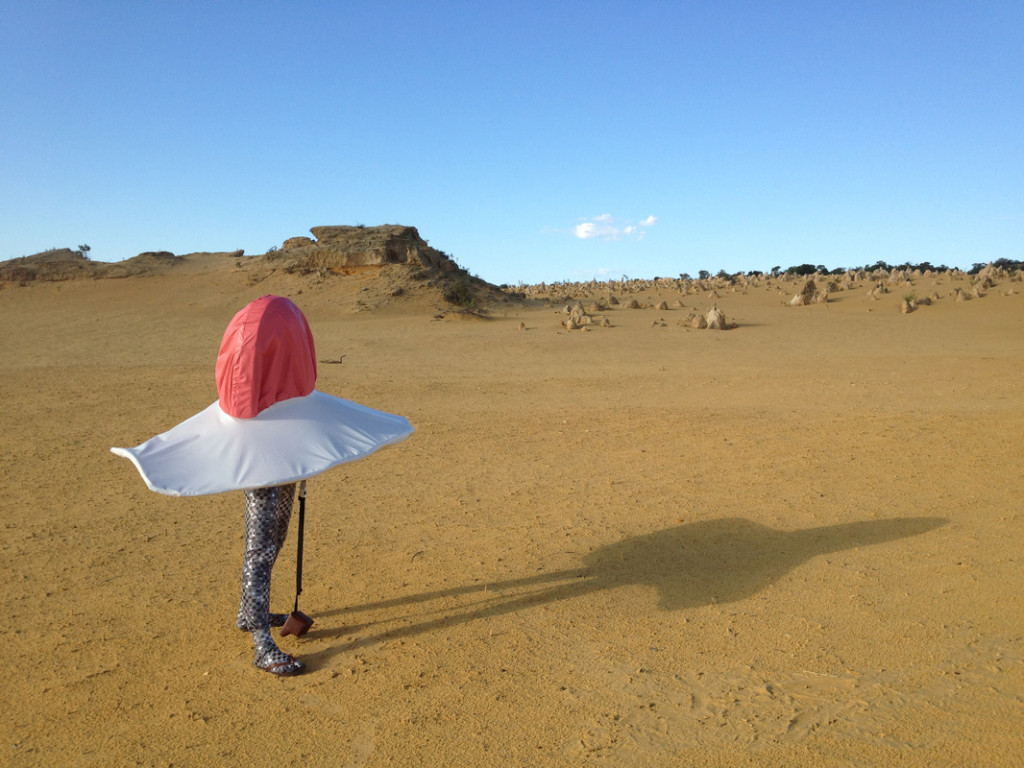Public Dreaming – Public project and exhibition proposal
Social dreaming has existed for as long as people have shared accounts of their dreams with each other, and used them to make sense of the surrounding world. The origin of the concept of the social dream itself, however, may be attributed Gordon Lawrence. Lawrence pioneered the social dreaming matrix at The Tavistock Clinic in London in 1982, and subsequently published a series of texts on the practice of social dreaming. He (2010) defined social dreaming as a collective process that approaches dreaming from “a socio-centric viewpoint.” (p. 3) Within a social dreaming matrix, participants dream together, recount their dreams and then free-associate to the shared dream content. [1]
Since 1982, experiments in social dreaming have continued in different parts of the world (see the book The Creativity of Social Dreaming by Karnac), and also moved beyond the psychoanalytic domain, being taken up by artists, activists and educators. Gestare Art Collective’s Nap-Ins (2011, Vancouver) and Eva Frapiccini’s Dream’s Time Capsule (2012, Cairo) are two recent examples.
Public Dreaming is an interdisciplinary collaboration between psychotherapist and art historian, Leon Tan, and artist, Amanda Newall. Based on Lawrence’s pioneering work on social dreaming at the Tavistock, as well as on post-analytic theory (schizoanalysis and beyond), this project involves the construction of temporary Dream Clinics in the public spaces of the city. Members of the public and the Traders network are invited to sleep and dream collaboratively within these makeshift schizoanalytic clinics, and through conversations, engage in a situational or assemblage analysis.
We take seriously the idea that social life is, more often than not, ruled by forces and ideas of which we are barely, if at all, conscious. Social, and indeed, public dreaming, challenges the accepted wisdom that science and reason are the only ways to understand the world and our place in it. What happens when we momentarily disrupt, through sleep, the stranglehold of late capitalism’s instrumental logic on our lives? What other desires and ways of life are possible, when we decolonize the mind? Our wager is that social dreaming can function as an intuitive mode of collective thought that enlarges the space of the possible.
[1] Lawrence, W. G. (2010). The creativity of social dreaming. London: Karnac.





Cities are already overflowing with somnambulism, a dream clinic strikes me as an appropriate way to begin ‘really’ tapping into our other consciousness. I have a simple question, how do you foresee these existing in space and time (despite dream states bucking space and time)? Is this a place you go to during your lunch break to enjoy a collective dream session? Or is it an intensive and immersive longer term experience?
This might offer an alternative to sleeping–spacing out.
http://www.vice.com/read/doing-nothing-has-become-a-sport-in-south-korea
We see these operating as ‘drop in’ spaces, where you might go during a lunch break yes. It does not really require any longer term commitment from participant-dreamers beyond sleeping for a bit in the proximity of other sleepers, and in waking moments, engaging in conversations with others about dream content.
Thanks for the link to the do-nothing sport! It’s very interesting, particularly as we have lost many spaces for respite and asylum with the de-institutionalization movement.